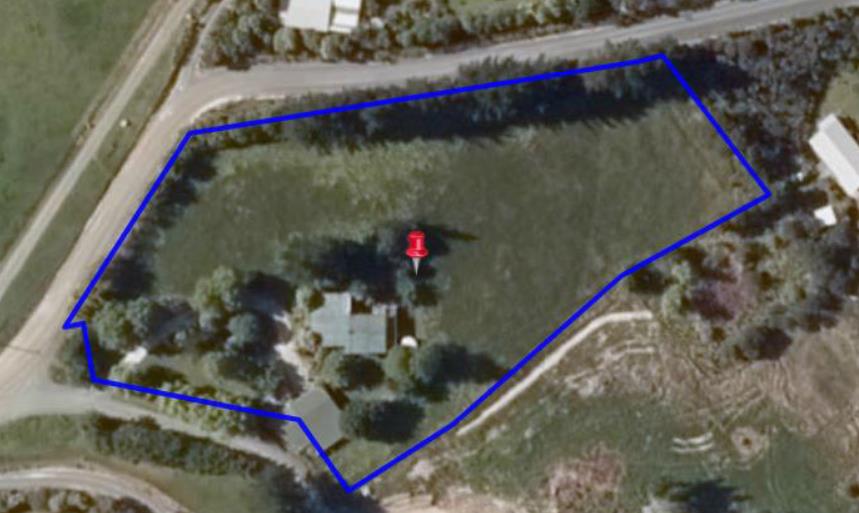
- Home
- About
- Trusts
-
Services
- Agribusiness
- Banking and Finance
- Corporate and Commercial
- Development and Construction
- Dispute Resolution
- Employment
- Environmental Law
- House Sale & Purchase
- Insolvency
- Intellectual Property
- Private Clients
- Property Law
- Public Sector Law
- Relationship Property
- Sports Law
- Technology & Gaming
- Trusts & Asset Planning
- Wills and Estates
- People
- Careers
- Articles
- Contact
- Payment


 Facebook
Facebook LinkedIn
LinkedIn